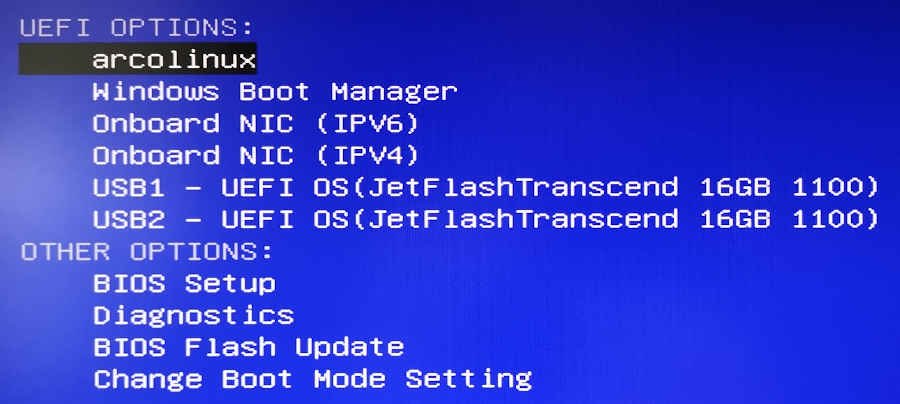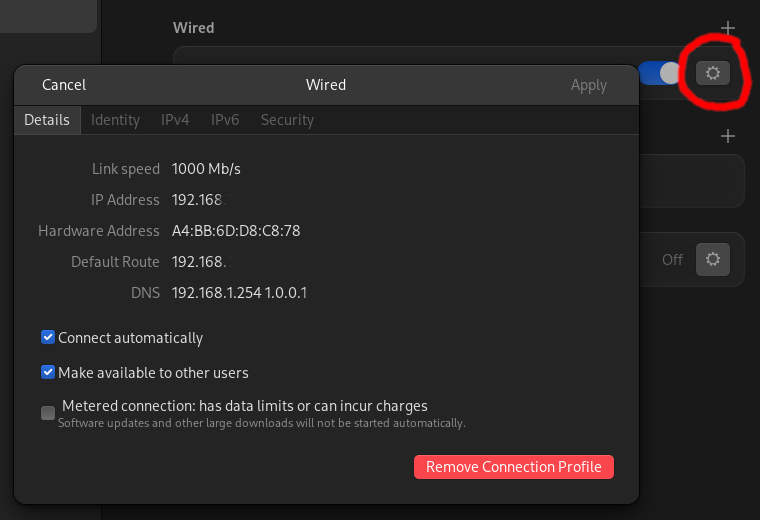This is the first of my three-part series which focuses on encryption and to get started, I will show you how to hack into your computer. To be clear, by “your computer” I mean your own computer. Once you know how easy it is to access a computer, you will understand the need for encryption.
How to hack a computer
Instead of a theory lesson, I’d like to take a moment and set the stage with a short story.
Let’s assume that you are the father of a 10-year old kid that digs technology and learning from YouTube videos.
You, are also a professional who uses a laptop which travels between work and home. You keep your laptop clean. No games, mostly work related content and once in a while you back up your smartphone to that laptop which runs Windows 10 Pro and your password is: “@#08e[9%h[g(7y“
With that out of the way, let’s see how we can hack into that laptop in less than a minute.
Hacking a computer is so easy that a kid can do it
All that’s needed is a cheap USB stick and an internet connection. Here is how it’s done.
First, we need to create a bootable USB stick. To make one, we need to download a Linux ISO which is usually about 2 Gig in size. Once downloaded, we can turn that ISO image into a bootable USB stick with the help of a free program called Rufus. Towards the end of this article, I will list some links to downloadable Linux ISO images.
Rufus
A quick web search for the word “rufus” will lead you straight to https://rufus.ie/ and once there, you’ll find a screenshot that shows you how to use the software as well as the download link.
How to live boot Linux on a computer
A bootable USB stick does just one thing. It gives you a fast way of installing a temporary operating system onto the computers RAM. The only thing you have to know is which function key you need to press during boot in order to temporarily halt the boot process.
You will need to do a bit of web searching to find the function key that works on your computer. My Dell uses F12, my MSI laptop uses F11. I have performed this on some no-name PC that needed the F3 key to be held down while booting. Most often it’s one of those and if not, simply search or watch the screen during early boot. Often the function key is briefly displayed.
Once you know which function key to use, press it and start the computer. A few seconds later, you will get a blue screen like the one shown below.

Use the up and down arrows on your keyboard to highlight the USB option and press enter. That’s it! Moments later, you will be the admin of the sophisticated Linux operating system which runs in RAM. As admin (Linux calls admin “Root” user) you have complete access to the contents of the hard drive.
“Thunar” The Linux XFCE file manager

The Linux file manager does the same thing as Windows Explorer. Every distribution has at least one and if you chose a Linux distro that has XFCE (desktop environment) then you get Thunar. Thunar basically shows you to structure of a partition with the familiar directories and sub directories. Inside those directories is the saved content such as the work files, the photos and downloads and ?.
The above image shows my Windows 10 partition and all the directories in the C drive. If you get to this stage, then you can take/copy what ever you want onto a second USB stick. No one would ever know what you took once you turn off the machine.
Something else: Imagine what happens if your laptop needs to go to the repair shop and the tech boots it after repairing. Depending on what you store, the picture might not be pretty.
Is there a way to prevent this from happening?
Yes and no. You could set a BIOS password. A computer that has a BIOS password set can not be live booted. The down side is that every time you boot the computer, you have to type in that password. It’s cumbersome and therefore not many people do it. It’s also not a 100% solution because if someone removes the main board battery for a few seconds, that password goes bye bye. You probably heard of that trick which is the only remedy if the BIOS password is lost.
Encrypt or regret
The only way to really keep your important data safe is to encrypt it. How that is done will be the topic of part 2 which shows you two powerful methods to encrypt your important data.
In closing, I will list a few Linux distros and links to get you started faster.
Linux ISO links
Any Linux ISO can be used to live-boot a Windows computer. Here are a two recommendations to help you find a suitable Linux distribution that is capable of giving you complete access to a computers hard drive. Additionally, those two happen to use the XFCE desktop environment which is as easy to use as Windows.
- Tails
If you want to learn more about Tails then I recommend that you read up on some info first. Tails is extremely powerful and as you know, with great power comes great responsibility. - MX Linux
MXLinux is a safe bet and the better option if you are new to Linux because i’ts easy to use and does the job just fine.
Hackers have one common thing in common. They don’t mind searching, reading, experimenting and learning. If you are new to all of this then be patient. Yes, making that first USB stick is probably more work that you want to invest in but if you do make one, you will learn a lot and understand the danger of not encrypting your data. As a bonus, you will be able to rescue your data in case your operating system catches a virus.
I welcome your questions, suggestions and constructive criticism. Thank you for reading. – Ernst



